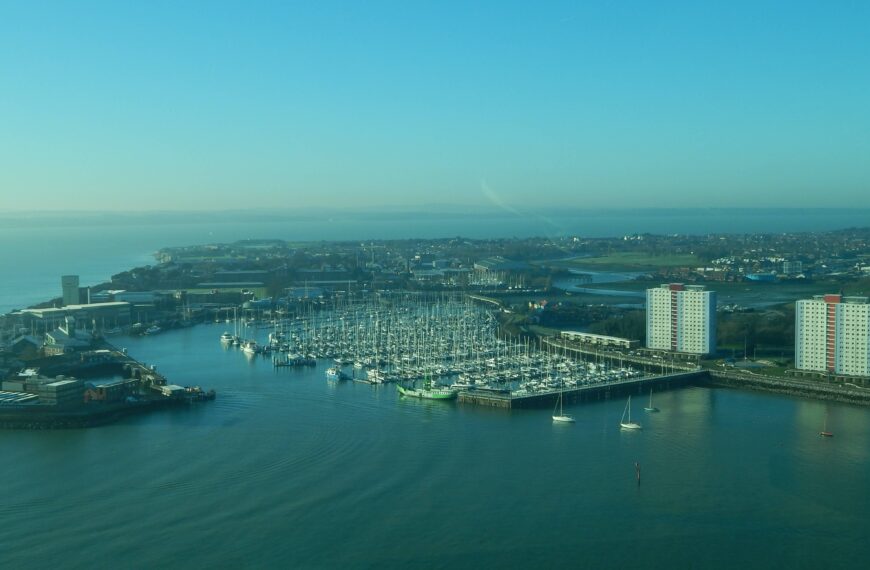Ruchira tells us about Sanchi, a famous Buddhist site, in the weekly column, exclusively for Different Truths.
I had first read about the place in my New Horizon English Reader, as a grade I pupil, way back in the 1970s. I have since travelled to major parts of India; however as Sanchi is located slightly off the well-traversed tourist circuits, it remained out of my itinerary until about two years ago. We were in Bhopal for a wedding, and Sanchi lies at a stone’s throw (50 km.) from Bhopal, capital of Madhya Pradesh. So, it became our destination
On a bright rather warm December day, we arrived at the precincts of the famed Stupa. Built into a low  hill, amidst a vast stretch of empty field, dotted with trees, the place gave me a feel of being in the middle of nowhere, and miles away from human civilisation.
hill, amidst a vast stretch of empty field, dotted with trees, the place gave me a feel of being in the middle of nowhere, and miles away from human civilisation.
The Stupa is the hallmark of Buddhist art and architecture and one of the oldest stone structures of the Mauryan era, which still stands. It was initially commissioned in the 3rd century BC by the legendary emperor Ashoka, who had envisaged a Buddhist Vihar, in the region. He chose the site probably upon the insistence of his wife queen Devi who hailed from Vidisha near here. The mammoth project was begun after completion of redistribution of Lord Buddha’s relics for building many more stupas across India. A portion of the relics was enshrined here.
The architecture of the Stupa is replete with significance at almost every step. The dome of the edifice resembles an inverted begging bowl (of the monks) or a hemisphere, (if you like). It symbolises mundane aspects of human life. The three superimposed chhatras (resembling umbrellas) that form the crest of the stupa signify the Dharma Chakra (wheel of Law). A spiral wooden railing was originally built along the surface of the dome – depicting spiritual upliftment. The stairway is in shambles now.
Nearby, stands a sandstone pillar, inscribed with one of the famous edicts of Ashoka. The edict is inscribed in Brahmi script resembling conch shells and hence named Shankhalipi. It is a mute witness to an erstwhile era of glory. A must-see for visitors. Historians believe the original Stupa was probably destroyed during the second century BC when the Shunga dynasty rose to power in the northern parts of the country. During the Shunga regime, the Stupa was expanded to nearly double of its original size. The original brick exterior was draped with stone slabs. The four massive, ornate gateways, balustrades, not forgetting two smaller votive stupas (which still stand) were gradually added by successive dynasties that ruled the territory through the centuries.
One can also see the ruins of a monastery and a public bath nearby. This was the abode of the monks and nuns who lived here eons ago. Gazing out at the ruins, I could visualise in my mind’s eye saffron (or maroon) clad monks, with shaven heads, telling rosary beads, moving about in slow gait, their heads bowed in reverence to The Enlightened One. I could almost hear the walls of the edifice reverberating the chant of Buddham Sharanam Gachchami. How tranquil life must have been for them!
However, the crowning glory of the Stupa are the four gateways facing four directions. Each of the  gateways, aka Toranashas a unique and distinct set of designs, carvings and motifs etched on them. The pivot point of the sculpture is life, times, events and activities of Lord Buddha as described in the famous Jataka Tales. For instance, Queen Mahamaya dreaming of a white elephant and a crescent moon before Siddhartha’s birth, Buddha standing on a lotus, conflict with ‘Mara’, Buddha walking on water, being enlightened under the ‘Bodhi’ tree and so forth. An outstanding feature of the art and sculpture at Sanchi is that non-human objects viz. trees, thrones, wheels, and footprints are abundantly used to symbolise the Great Master.
gateways, aka Toranashas a unique and distinct set of designs, carvings and motifs etched on them. The pivot point of the sculpture is life, times, events and activities of Lord Buddha as described in the famous Jataka Tales. For instance, Queen Mahamaya dreaming of a white elephant and a crescent moon before Siddhartha’s birth, Buddha standing on a lotus, conflict with ‘Mara’, Buddha walking on water, being enlightened under the ‘Bodhi’ tree and so forth. An outstanding feature of the art and sculpture at Sanchi is that non-human objects viz. trees, thrones, wheels, and footprints are abundantly used to symbolise the Great Master.
Within the premises of the Stupa, lie scattered ruins of various Hindu and Buddhist temples, brilliant frescoes and friezes, which are a veritable treasure trove of art and architecture of a resplendent past. Do not forget to peep in at the impressive archaeological museum on your way out. All said and done, a day’s trip to Sanchi will prove to be an experience of a lifetime.
©Ruchira Adhikari Ghosh
Photos by Malay Ghosh
#TravelAndGetaway #travelogue #SachiStupa #BudhistArchitecture #BuddhamSharanamGachcham #SliceOfLife #DifferentTruths




 By
By

 By
By